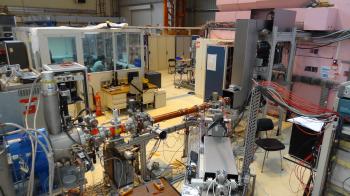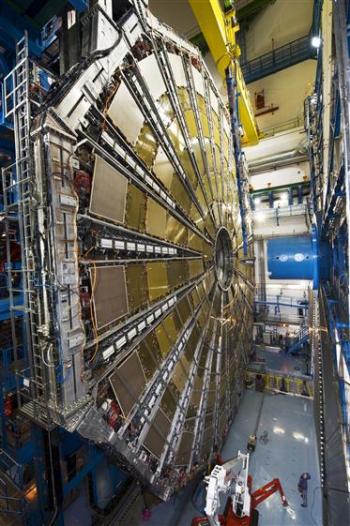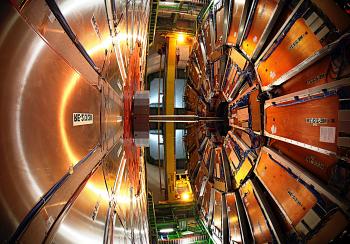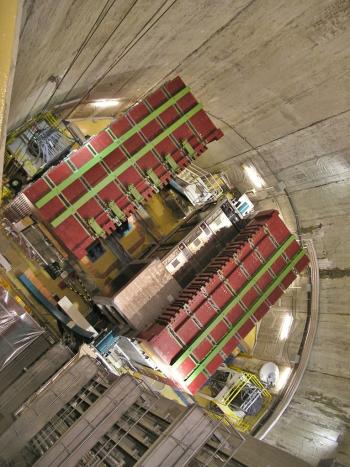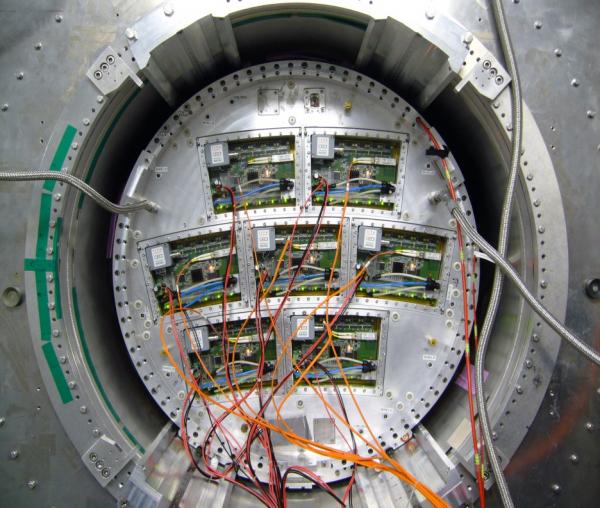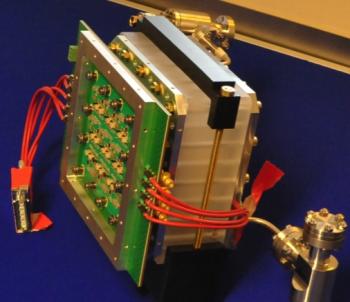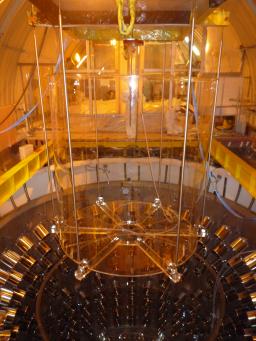Planck, SNLS, BOSS, eBOSS, DESI
Physicists of the SPP Cosmology group use several cosmological probes to constrain the energy content of the Universe: the baryon acoustic oscillation (BAO), with participation to the BOSS, eBOSS, and DESI experiments ; type 1A supernovae within the SNLS experiment ; and galaxy clusters with the data of the Planck satellite.
